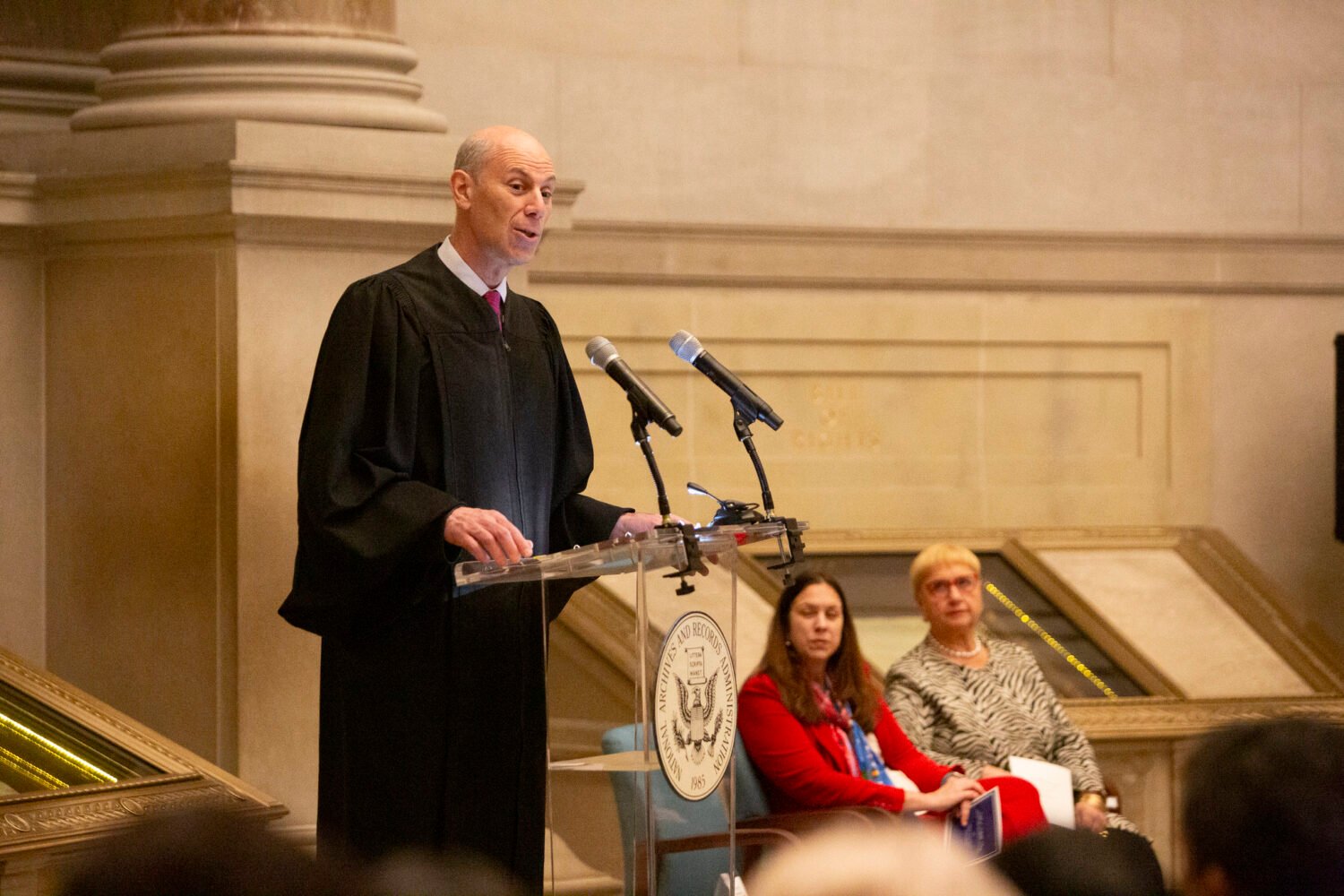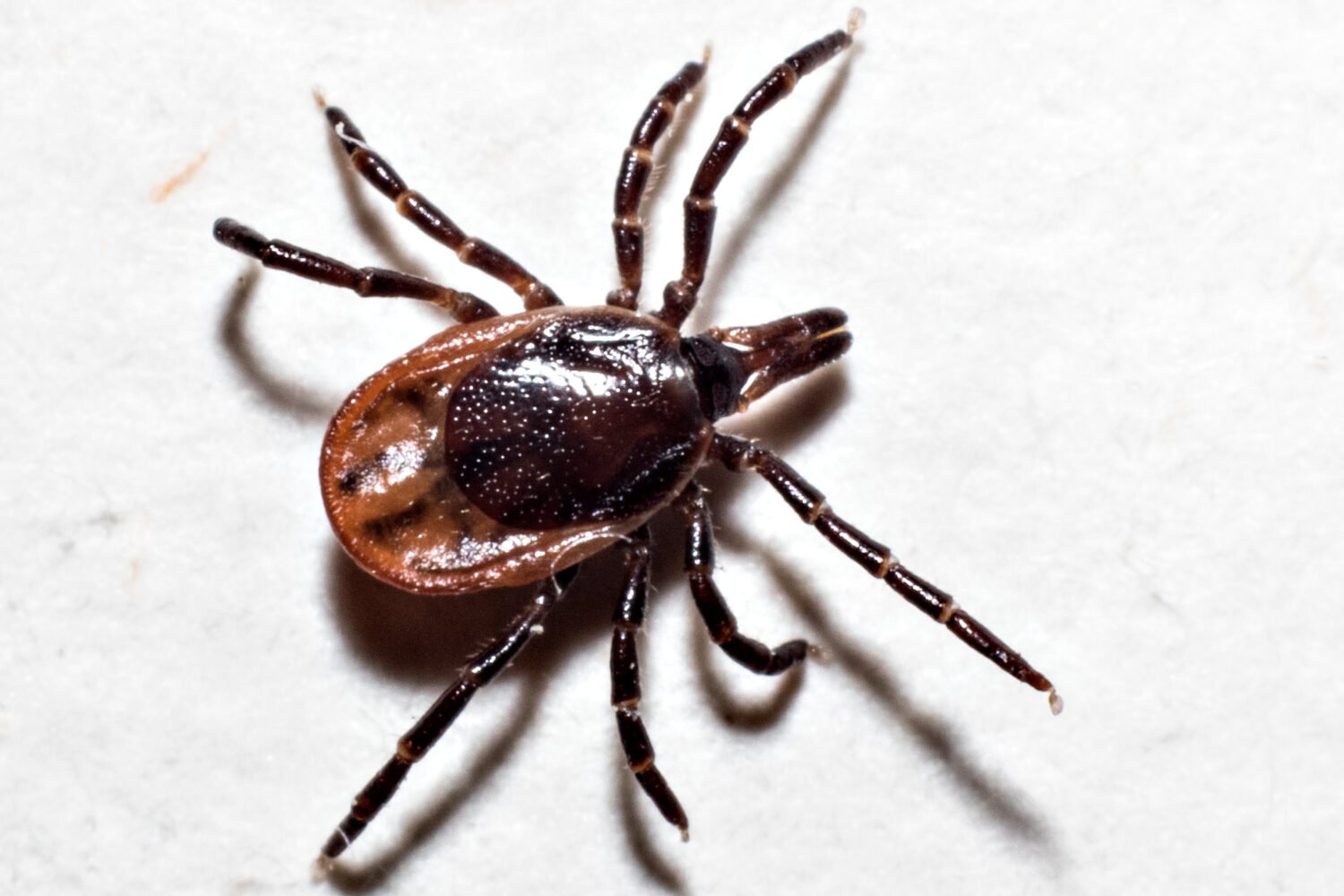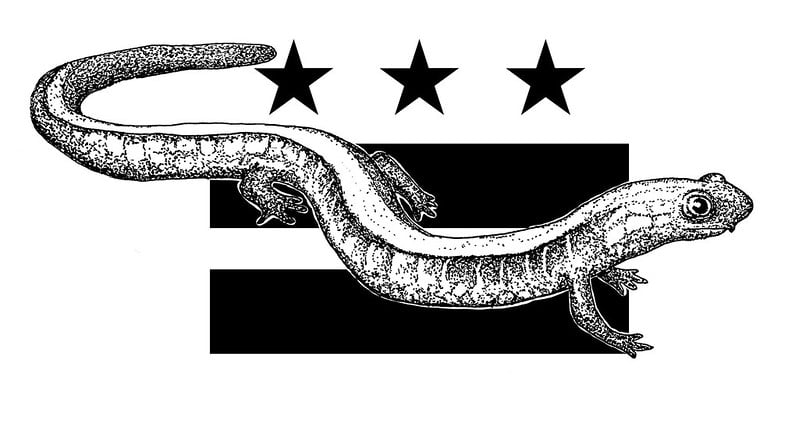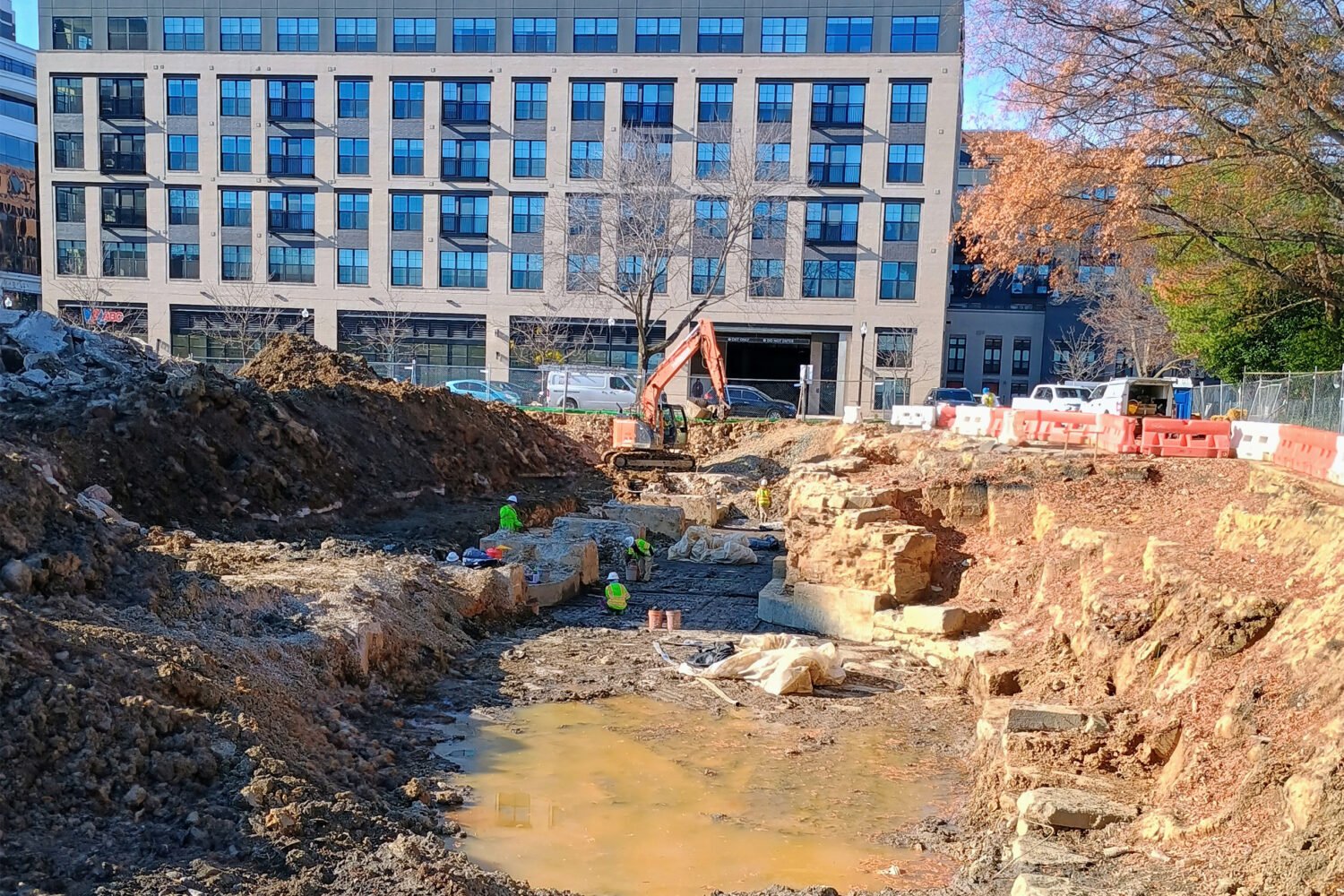Last weekend, President Trump slammed US Representative Elijah Cummings’s Baltimore district as a “disgusting, rat and rodent infested mess.” Today, a new study from RentHop shows that, as faithful Washingtonian readers know, the District is actually the rattier city. Here’s how the two municipalities compare:
Total number of rat complaints
Loser: DC
The study counted the number of rat complaints filed in 2017 and 2018 in five cities: DC, Baltimore, Chicago, Boston and New York. In 2018, DC had a whopping total of 5,715 complaints to Baltimore’s 4,476. Though both are certainly ratty, they’ve got nothing on Chicago–official rat capital of the US–which touts a staggering 40,057 complaints.
Rat complaints per square mile
Loser: DC
Controlling for the range of territory in each of the rat kingdoms, the study divided the total number of rat complaints by total square mileage to calculate each city’s relative rat density (ew). While Baltimore has a disturbing 48.5 rat complaints per square mile, Washingtonians are twice as likely to encounter a rogue rodent, coming in with 83.6 rats per square mile.
Overall rat growth
Loser: DC
DC doesn’t have the sheer number or concentration of rats compared to Chicago or New York City. But while rat complaints are decreasing in those two cities, DC’s number of rodent sightings have increased. Complaints rose 50 percent from 2016 to 2017 and another 7.6 percent from 2017 to 2018. Considering that the pace of rat copulation makes bunnies look like Doris Day, this could grow to become an even bigger public health issue in the coming years. In comparison, Baltimore’s rodent complaints have steadily dropped over the past four years, with a 47 percent drop from 2015 to 2018.
Rats as a symbol of inequality
Loser: Baltimore
In a city with such a gross income inequality, there’s a Schadenfreude in knowing even the most loaded of K Street lobbyists isn’t safe from rat invasion. By plotting rat concentration levels compared to average area rent, the study found there was no correlation between rent prices and number of rats in DC. This can be easily confirmed by taking a late-night stroll around Dupont Circle. While Dupont is definitely still a rat hotspot, the study found the highest concentration of rats took refuge in the Columbia Heights and Mount Pleasant neighborhoods. In comparison, Baltimore had a distinct negative correlation between average rent and number of rodent complaints, meaning poorer neighborhoods were more likely to experience rat infestations.
Trump’s nabe v. Cummings’s nabe
Loser: Baltimore
Though his city as a whole is faring far better than Trump’s, Cummings’s Druid Heights neighborhood recorded just 13 rodent complaints in 2018, as opposed to 132 complaints in downtown DC. But Druid Hill’s small size means it had an average of 271.8 complaints per square mile in comparison to the White House’s neighborhood, which had 71.4 complaints per square mile.
















